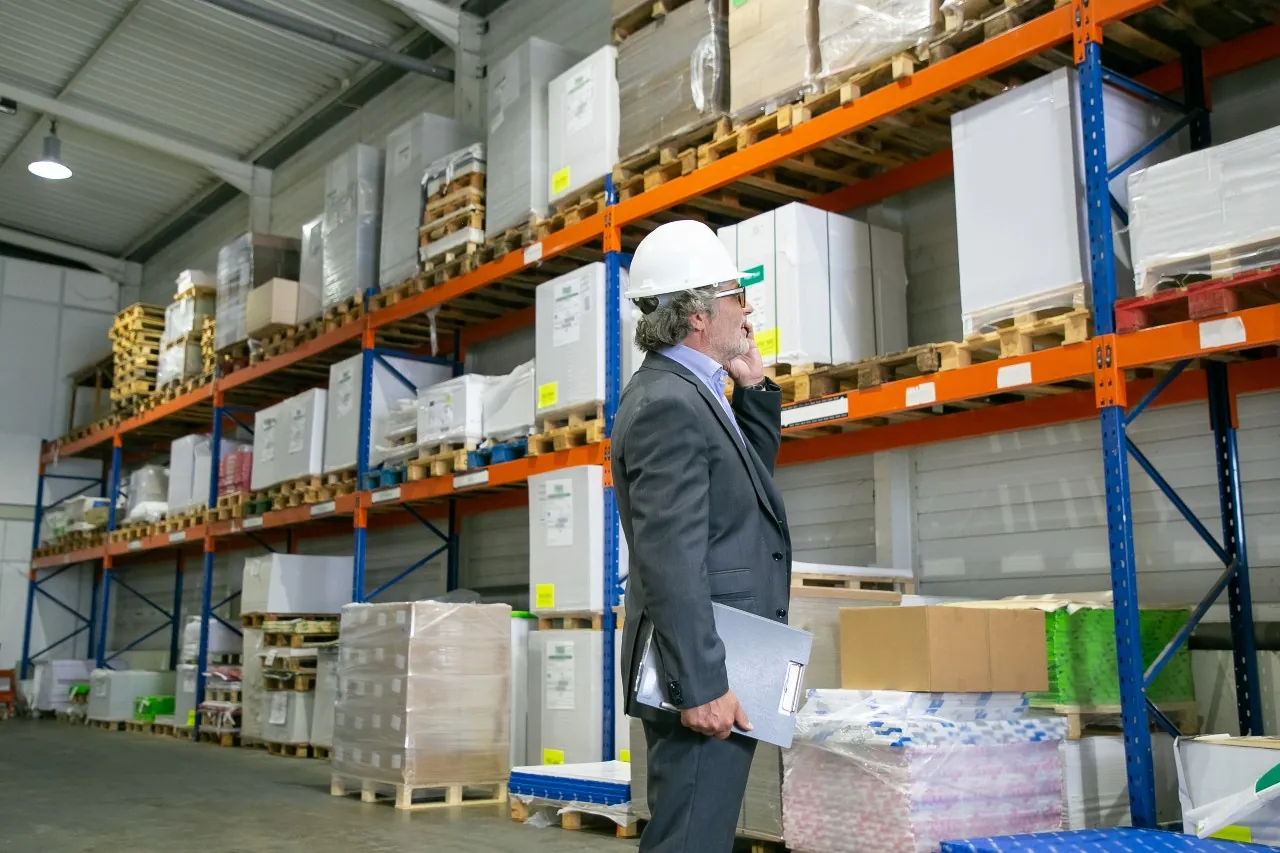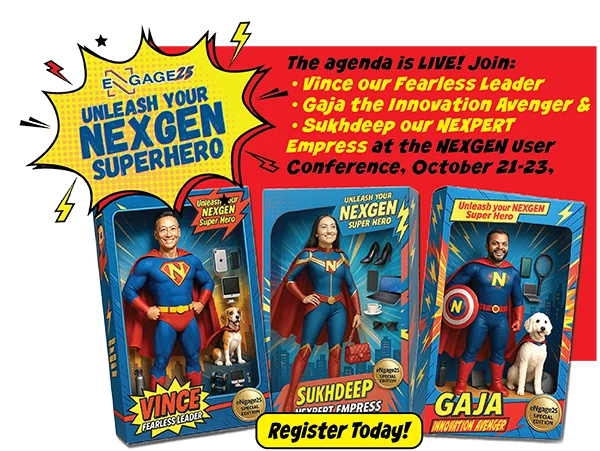What is 5S?
The 5S methodology revolves around the idea of keeping things organized and efficient, following the principle of “a place for everything and everything in its place.”
You might have come across the KonMari method, created by Marie Kondo, which helps people declutter their homes and simplify their lives. The principles of 5S are similar to KonMari, but they go beyond mere decluttering. It’s like comparing successful manufacturing to just being fast—there’s more depth to it. So, let’s explore the true intent and significance of 5S lean.
Originating from 5 Japanese words—Seiri, Seiton, Seisou, Seiketsu, and Shitsuke—the 5S methodology involves:
- Sort (Seiri): Getting rid of unnecessary items.
- Straighten (Seiton): Organizing what’s left after sorting.
- Shine (Seisou): Cleaning and inspecting the work area.
- Standardize (Seiketsu): Establishing guidelines for 5S.
- Sustain (Shitsuke): Consistently maintaining the 5S standards.
At its core, these 5S practices foster discipline for significant and ongoing improvement by promoting efficient and effective work environments.
History of 5S
5S Lean, introduced by Hiroyuki Hirano in post-war Japan, became renowned after its implementation within Toyota’s manufacturing system, known as the Toyota Production System (TPS). Toyota’s adoption of 5S principles contributed significantly to its reputation for producing high-quality vehicles efficiently.
Following Toyota’s example, many companies across various industries have adopted 5S practices to improve their operations. Examples include Harley-Davidson, Nike, Ford, Boeing and HP. These companies have found success by integrating 5S Lean methodologies into their processes, demonstrating their effectiveness beyond the automotive industry.
The Importance of 5S Lean
Using the 5S system properly can be a real game-changer for success in the global economy. It’s important in the workplace because it helps things run smoother and gets the job done faster. For example, when employees keep their workspace clean and organized, it makes business processes flow better. Organizations can benefit from 5S when they start being proactive about cutting down on wasted time and unnecessary steps in their processes.
Top Industries That Use 5S Lean
Expanding beyond its origins in manufacturing optimization, the 5S methodology has proven its adaptability across diverse business sectors. Here are some key industries that have embraced the benefits of the 5S methodology:
Manufacturing
Originally conceived by Sakichi Toyoda and integrated into the Toyota Production System (TPS) in the 1970s, the 5S methodology played a crucial role in propelling Toyota to the forefront of global automotive manufacturing. By using checklists, Toyota ensures consistent implementation of 5S practices throughout its operations, establishing the methodology as a gold standard for manufacturing excellence.
Medical
In healthcare settings, the principles of 5S Lean offer valuable opportunities to enhance organization and streamline processes, contributing to a safer environment for patients and staff. By promoting the systematic organization and clear labeling of medical supplies, the 5S methodology improves efficiency and reduces risks in medical facilities.
Retail
The retail sector benefits from the 5S methodology’s focus on organization and cleanliness. Retailers use the principles of 5S to categorize inventory effectively, making it easier for staff and customers to find products. Practices like ensuring merchandise is well-placed for visibility and accessibility contribute to a pleasant shopping experience. Additionally, maintaining cleanliness and adhering to quality standards through training and best practices ensure consistent quality across all retail outlets.
Hospitality
Customers appreciate when hospitality settings are organized, clean, and consistent. These qualities can be achieved by using the 5S methodology. When hospitality businesses integrate 5S principles into their culture, it helps them run smoother, use resources better, and make customers happier.
Computers and Technology
Hewlett-Packard’s Computer Systems Division uses 5S to make building systems easier. They sort computer parts, label them, and keep them in easy-to-reach places, which speeds up manufacturing. 5S also helps with software work by marking commonly used tools for quick access. Standardizing work practices ensures that employees perform consistently no matter where they work or when they work.
Education
Schools need to make classrooms pleasant and conducive to learning. Implementing 5S Lean principles means getting rid of extra stuff in classrooms, like extra seats and tables, so students can focus better.
General Office Setting
Messy desks and work areas slow down productivity and waste resources. By applying 5S, businesses can get rid of unnecessary items, which helps them work better and spend less money.
Using 5S in different parts of the workplace, like managing products or planning projects, also helps keep things organized and running smoothly.
Benefits of 5s System
While often associated with manufacturing, the principles of 5S Lean can be beneficial to businesses of varying sizes and industries. Here are some key advantages of incorporating the 5S Lean methodology into business practices:
- Simplified Processes: At its essence, 5S Lean is about making workflows smoother by cutting out unnecessary steps and focusing on what matters most. By addressing areas like overproduction, transportation, inventory, motion, waiting, overprocessing, and defects, businesses can operate more efficiently and effectively.
- Improved Efficiency: By minimizing waste, businesses can boost productivity and output. By investing in essential tools and materials, employees can spend more time on meaningful tasks rather than sorting through unnecessary clutter. Additionally, streamlining processes allows organizations to accomplish more in less time.
- Enhanced Safety: A cleaner, more organized workspace contributes to a safer environment for employees. By reducing clutter and hazards, such as slippery floors or exposure to harmful substances, businesses can minimize the risk of accidents and injuries, fostering a safer workplace for everyone.
Who Should Participate in 5S Methodology?
For 5S to truly make a difference, everyone—employees, leaders, and upper management—must get involved in putting it into action. 5S aims to create an environment where improvement and efficiency are ongoing, and this can only happen when every team member is fully on board.
5S Lean Example
In their meetings with both internal and external stakeholders, the Medicaid Enrollment Project Team at Kaiser Permanente Colorado used the lean 5S method to improve their enrollment template and streamline the template process. Here’s how they did it:
- Sorting: They organized the fields in the template and got rid of any unnecessary ones.
- Setting in order: They arranged the fields based on feedback from stakeholders to make it easier to use.
- Shining: They made a Microsoft Access database to stop any duplicate entries.
- Standardizing: They made sure the spreadsheet was consistent and protected it so it could be used as a template.
- Sustaining: To keep things running smoothly, they set up a system using Microsoft Access and Excel templates to maintain consistency and control over time.
By following these steps and involving everyone on the team, Kaiser Permanente Colorado’s Medicaid Enrollment Project Team made their workflow more efficient and kept improving their processes.
5s vs Six Sigma
Both the 5S and Six Sigma methodologies aim to improve efficiency and minimize waste within organizations. However, they differ in their approaches and focuses. While 5S concentrates on optimizing the work environment, Six Sigma is geared towards identifying and rectifying process defects and errors using statistical analysis tools such as Control charts, Pareto charts, and Failure Mode and Effects Analysis (FMEA).
Use Your CMMS to Implement 5S Lean
NEXGEN’s CMMS can be a valuable tool for implementing 5S practices. Here are a few ways it can help:
- By checking materials lists on work orders, you can figure out what items are needed, making inventory management easier.
- Looking at work order completion times can show where time is being wasted, helping you find ways to be more efficient.
- Reviewing asset health data can help you improve preventive maintenance tasks, keeping your equipment in better shape.
While it’s not essential for 5S, using your CMMS can make the process smoother and more effective.
When 5S is done right, it makes your workplace more organized and easier to navigate, setting the stage for ongoing improvement and efficiency.
For maintenance teams, this means safer working conditions, less time wasted waiting or traveling, smoother workflows, and better maintenance overall. With fewer delays and mistakes, your team can keep equipment running reliably.
Interested in trying out NEXGEN?
Frequently Asked Questions (FAQs)
-
What is the purpose of 5S?
The main goal of 5S is to enhance workplace functionality by creating a more convenient and organized working environment. This involves rationalizing the arrangement of tools and materials based on usage frequency and user needs, along with regular cleaning and organization practices. Through consistent implementation, 5S contributes to improving process safety and efficiency.
-
What does 5S stand for?
The acronym 5S represents the 5 steps of the 5S methodology: Sort, Set in Order, Shine, Standardize, and Sustain. These steps entail evaluating the workspace, organizing items, maintaining cleanliness, and establishing protocols for ongoing upkeep. By incorporating 5S as an ongoing practice rather than a one-time event, organizations can sustain its benefits over time.






